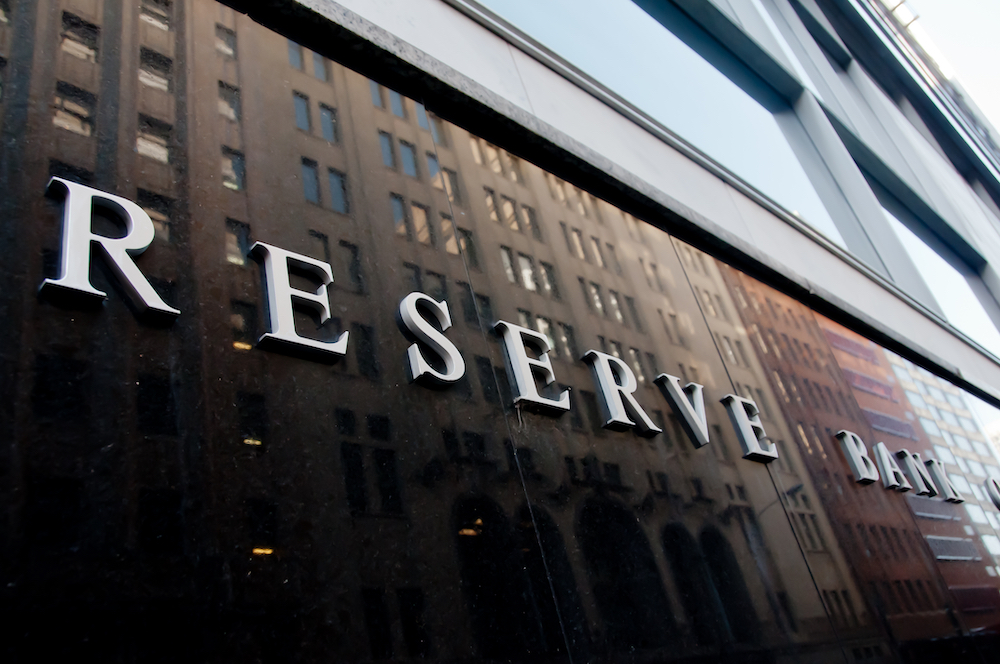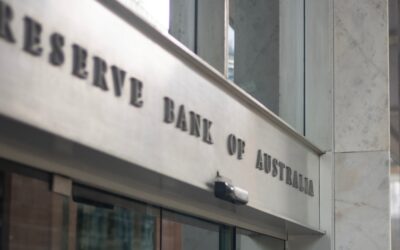In this article:

The RBA has once again left interest rates on hold, with the cash rate sitting at 4.35%.
This decision was widely anticipated by economists and financial analysts, with many believing that the RBA will continue to keep rates steady for the foreseeable future. But what does this mean for consumers and businesses? And where do we go from here?
The RBA’s Reasoning
The RBA acknowledged that there are concerning numbers in some of the data points: “The economic outlook remains uncertain and recent data have demonstrated that the process of returning inflation to target is unlikely to be smooth.”
“The central forecasts published in May were for inflation to return to the target range of 2–3 per cent in the second half of 2025 and to the midpoint in 2026. Since then, there have been indications that momentum in economic activity is weak, including slow growth in GDP, a rise in the unemployment rate and slower-than-expected wages growth.”
Surprisingly, the RBA’s statement outlined that “the Board needs to be confident that inflation is moving sustainably towards the target range.”
This suggests that the board is simply not confident that the inflation battle has been won and until the board sees inflation enter the target range, there will be no discussion of rate cuts.
When can we expect a rate cut?
A concerning number of leading economists have amended their 2024 predictions on interest rates, including 1 of the Big Four Banks, with ANZ’s Head of Australian Economics, Adam Boyton, now departing from the consensus of the major banks.
For over a year, ANZ had been predicting a November 2024 rate cut, as were CBA, Westpac and NAB. However, due to “stronger than expected” inflation in the first quarter of the year, it’s “hard to see the RBA being sufficiently confident that inflation will return to and stay in the [target range]” by November, said Boyton.
ANZ now expects a rate cut in early 2025.
In Finder’s RBA Cash Rate Survey, over half (56%) of leading economists believe that we won’t experience a rate cut until 2025. 1 out of every 5 stated that the Central Bank will keep rate cuts out of the question until July 2025.
The economic sentiment is in stark contrast to the prevailing opinions at the start of the year, with many predicting a cut to rates sometime before November this year.
So what happened?
Inflation. CPI rose from 3.6% in April, from 3.5% in March. It’s remaining extraordinarily stubborn.
Another concerning factor is GDP (Gross Domestic Product). As Stephen Koukoulas explained on Property Insights:
“We’re getting really weak GDP numbers. So that would be something that would give the RBA some concern.”
“What does that mean? The output of the economy, so the amount the economy is producing, including the amount that you and I spend in the shops, things that businesses invest in such as buildings or buying machinery, things that the government spends on, such as health care, education, transport, roads. It’s the output of the whole of the economy. Anything you see out your window is GDP, including a lot of services, too – insurance and the like.”
The bad news?
“GDP only grew by 0.1% in the March quarter. That is really pathetically weak, and the RBA would be looking at that, and if that was the only indicator they had, they’d be really worried. They’d be probably cutting interest rates, because output in the economy is way below what it should be.”
Where should it be?
“We know from history that the Australian economy, when it’s in this so-called equilibrium, or that goldilocks-not-too-hot, not-too-cold, economy should be growing at about 0.7% or 0.8% per quarter. Which is 3% (give or take) per annum.
“It’s not just that last quarter that is causing concern. The previous quarter was 0.3%. The quarter before that was 0.2%.”
So over the past three quarters, GDP has only grown by 0.6%.
“We should be growing by at least that every single quarter,” said Koukoulas.
The long and the short of it?
Koukoulas believes that “this is the worst run of GDP numbers since the early 1990s recession…That was the recession we had to have when the treasurer was Paul Keating. That’s how bad things are.”
All of this, among other things, is causing the great divide between economists as to where interest rates are headed and making predictions even more difficult to say with any certainty.
So where does that leave mortgage holders and renters?
Unfortunately, the uncertainty surrounding interest rates and economic growth can have a direct impact on mortgage holders and renters. With the possibility of a rate cut being pushed further into the future, mortgage repayments will remain higher for longer. Renters will also continue to compete in the property market, as saving for a deposit continues to be a significant uphill battle, due to stagnant wages, a higher cost of living and rising house prices.
Overall, while there are concerning signs ahead, it’s important to remember that the RBA makes decisions based on long-term economic stability and not short-term fluctuations. By staying informed and making strategic financial decisions, you can weather any potential changes in interest rates and continue on their path towards financial security. So even though we may not see a rate cut in the near future, it’s important to stay vigilant and proactive in managing your finances.
Navigating the uncertainties of interest rates requires careful planning and informed decision-making. Speaking to an expert mortgage broker can provide you with the guidance and support you need to manage your mortgage effectively. Here’s how a mortgage broker can support you:
- Personalised Support: Receive guidance tailored to your unique financial situation and goals.
- Expert Insights: Access up-to-date information and insights into interest rate movements and market trends.
- Wide Range of Options: Explore a variety of mortgage products and lenders to find the best fit for your needs.
- Professional Negotiation: Leverage a broker’s experience to negotiate better terms and potentially lower rates.
- Time-Saving: Save time and effort by allowing a broker to handle the complex paperwork and communication with lenders.
Given the current economic climate, having an expert on your side can make all the difference in securing a stable financial future. Don’t wait—reach out to a mortgage broker today to discuss your options and gain peace of mind.



